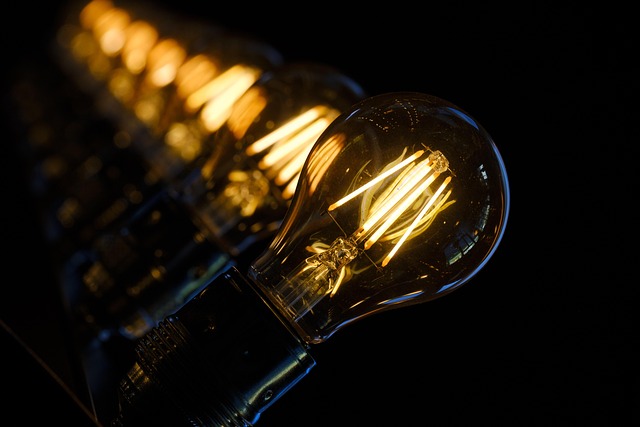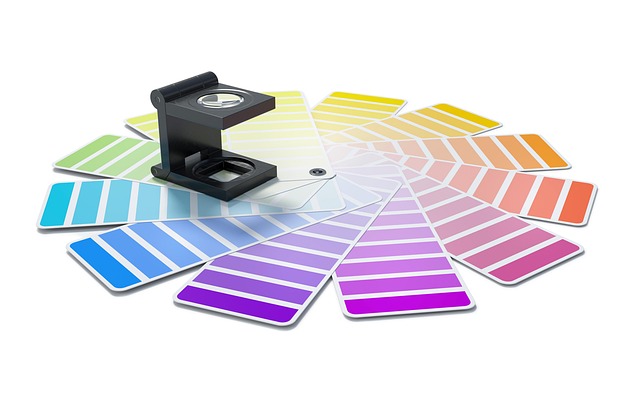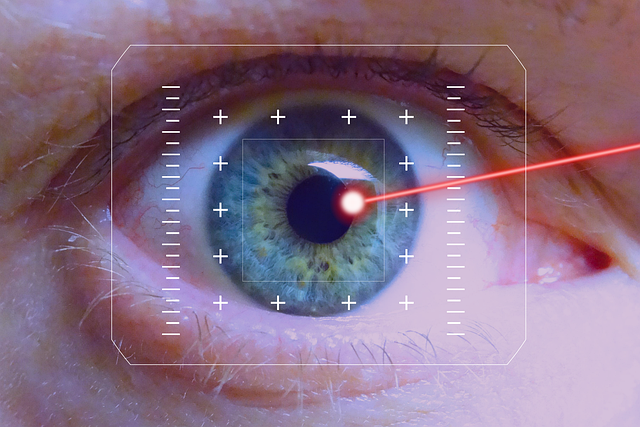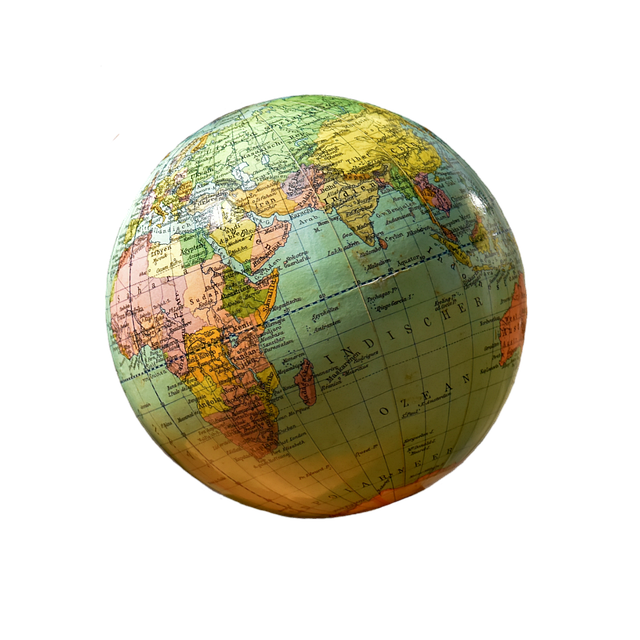Crafting the Perfect Shot: The Dance of Lighting in Photography Design
Photography is much more than just pointing and clicking a camera; it’s an intricate dance of art and design. At the heart of this mesmerizing dance lies lighting—a pivotal element that can make or break a photograph. Understanding and mastering lighting is essential for any photographer who wishes to elevate their work from simple snapshots to stunning visual art.
The Emotional Impact of Light
Light has the power to evoke emotions and set the tone for a photograph. It can create a sense of serenity with soft, diffused light or add drama with stark contrasts and harsh shadows. When you walk into a room filled with natural sunlight, you can feel the warmth enveloping you. Similarly, in photography, the way light interacts with a subject can shape the viewer’s feelings. The subtle play of light can reveal textures, highlight colors, and enhance the overall mood of your composition.
The Role of Lighting in Design
In photography, lighting is not merely a technical requirement; it’s a foundational element of design. The way you choose to manipulate lighting directly influences the structure and composition of your image. Creating depth, dimension, and focus requires thoughtful consideration of how light interacts with various elements in the frame. A well-lit photograph guides the viewer’s eye, leading them effortlessly through the story you intend to tell.
Tools of the Trade: Harnessing Natural and Artificial Light
Photographers have a wealth of lighting tools at their disposal, ranging from natural sunlight to sophisticated studio lighting setups. Embracing the golden hour, when the sun dips low in the sky, can yield enchanting results. The warm hues during this time wrap your subjects in a gentle glow, creating ethereal portraits or landscapes that sing with life. Alternatively, artificial light sources like flashes, softboxes, and LED panels offer versatility and control, allowing you to craft your scene regardless of the natural conditions.
Experimenting with Shadows and Highlights
In the realm of lighting, shadows can be just as significant as highlights. They add layers to your photographs, providing contrast and intrigue. A well-placed shadow can lead the eye towards the focal point, offering a visual pathway that keeps the viewer engaged. Play around with different angles and sources of light to see how shadows shift and change, adding richness and texture to your images.
Creating Your Unique Style
As you experiment with various lighting techniques, you’ll begin to develop your unique photographic style. Some photographers may lean toward high-key lighting for bright, airy images, while others may favor low-key lighting to create moody, dramatic scenes. This quest for personal style is a creative journey, where lighting serves as both your guide and medium. Embrace the exploration; allow the light to mold your vision and inspire your artistry.
So, whether you’re shooting candid moments on the street or meticulously crafted portraits in the studio, remember that lighting is your most powerful ally in the creation of compelling images. Master it, and watch as your photography transcends the ordinary, revealing the extraordinary beauty found in every frame.




